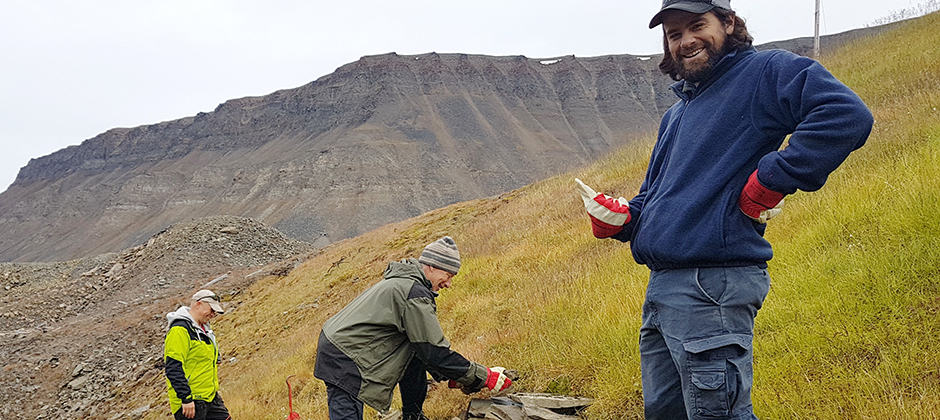Share this article
Arctic predators drive rodent population cycles
Voles and lemmings are some of the most populous mammals in the Arctic, and their populations go through cycles that rise and fall. But why? That’s long been a mystery to scientists who study to Arctic ecology. But a decades-long study of voles by a team of Canadian and Norwegian scientists suggests predators are the driving force. The study was recently published in the Proceedings of the National Academy of Sciences. To discover the important role that predators play, the researchers went to Arctic islands without them. Throughout much of the Canadian Arctic, Arctic foxes (Vulpes lagopus), stoats (Mustela ermine) and raptors are common. But on the island of Spitzbergen, in the Norwegian archipelago of Svalbard, researchers found an isolated ecosystem with no significant predators and a population of East European voles (Microtus levis), likely introduced by Russian mining ships within the past century. Throughout the 1990s and 2000s, researchers found, although the vole populations fluctuated, they lacked the cyclic pattern found elsewhere in the Arctic. If food availability was the driving factor, their models suggested, voles there would show the same three- to five-year cycle that appeared elsewhere. But that wasn’t the case. Instead, they concluded, in regions were predators were common, they were responsible for regulating the populations of these small mammals.
Header Image: Dominique Fauteux (right) joins Norwegian scientists Stein Tore Pedersen (left) and Rolf Ims in 2019 at one of the grassy ridges on Spitzbergen Island where the voles are found. Credit: Eva Fuglei








